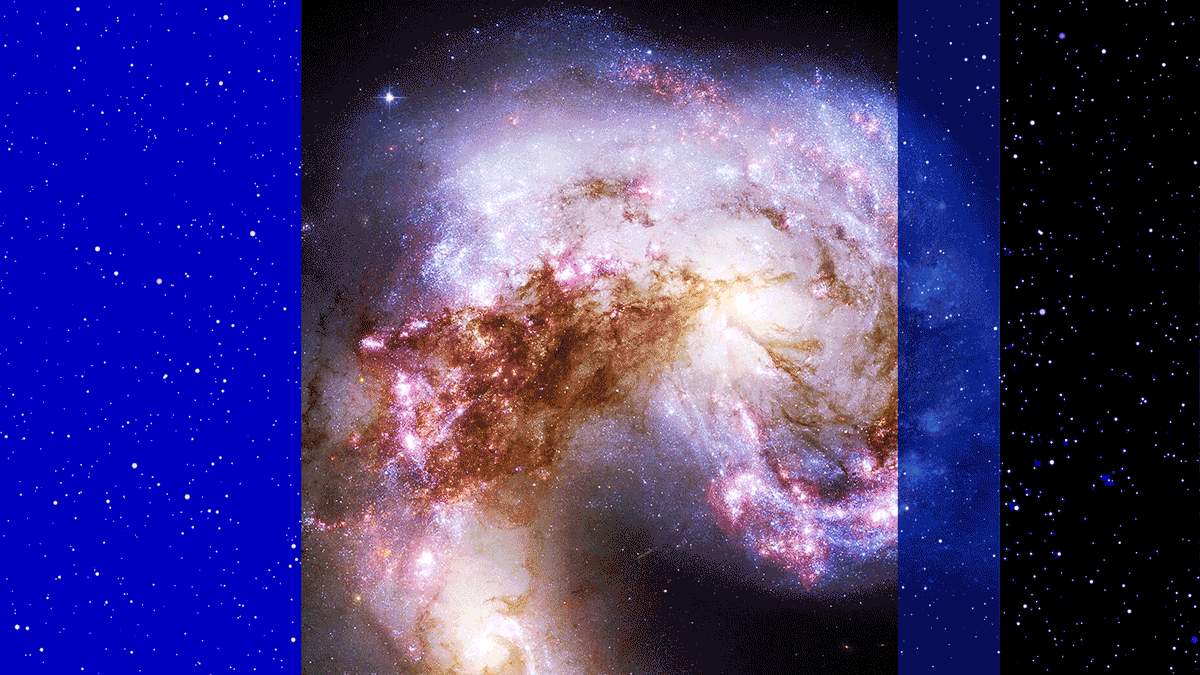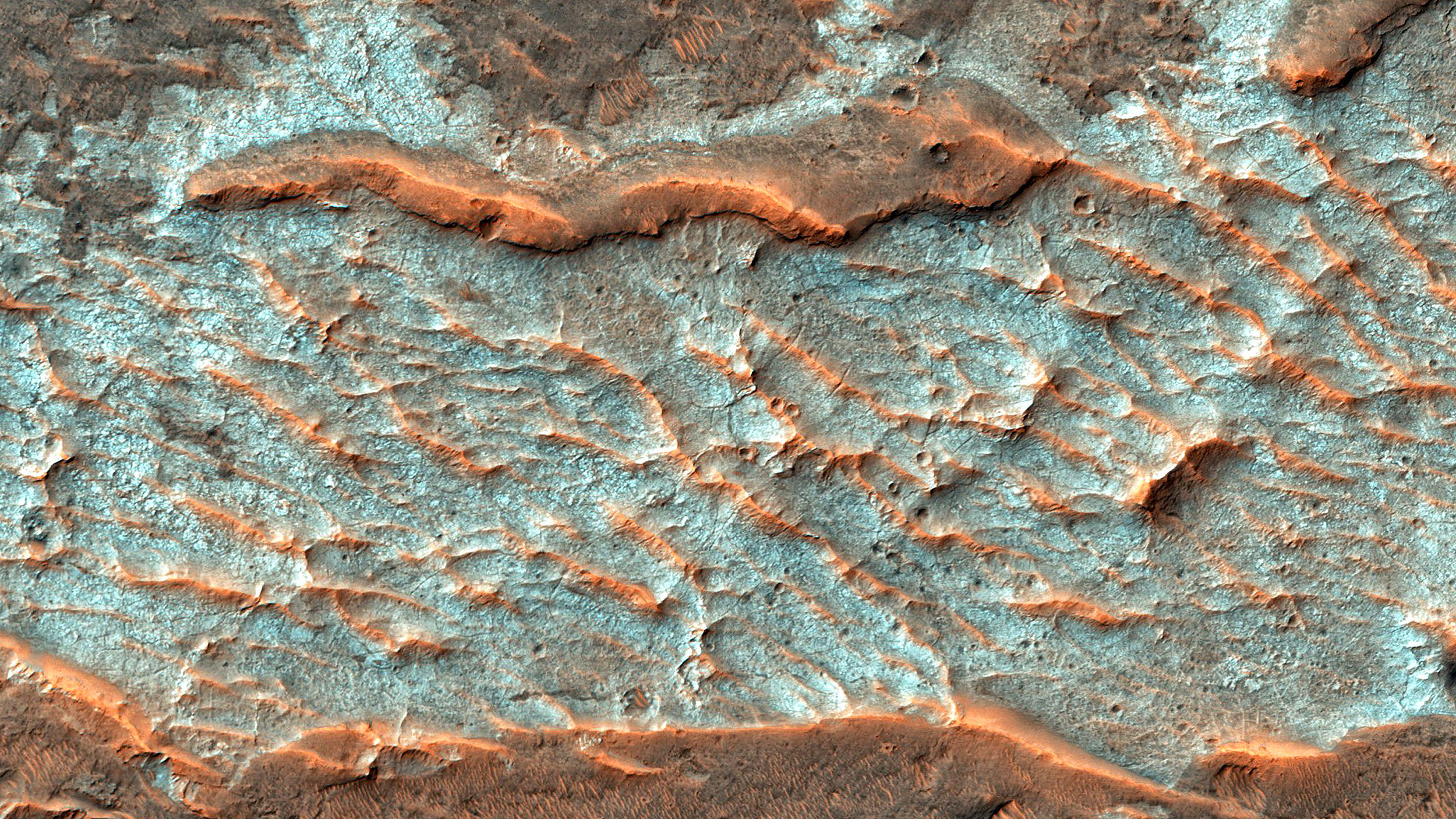This Is How You Can Create Your Own Real-Life Death Star

There’s real, straightforward science behind the destruction of an Alderaan-sized planet.
In all of science fiction, perhaps the most iconic moment of destruction occurs in 1977’s Star Wars: A New Hope, when the evil Galactic Empire unleashes a superweapon that destroys an entire planet — Alderaan — that bears many similarities to Earth. The spacecraft that delivers this crushing blow, the Death Star, reappears in subsequent Star Wars films, and looks poised to make an appearance in the upcoming Rise of Skywalker as well.
Even though it’s ultimately destroyed, rebuilt, and destroyed again, the idea of packing such an enormous amount of destructive power into a single shot seems to defy a reasonable scientific explanation. However, experimental advances have made what was once an idea exclusive to science fiction a real-life possibility for future supervillains everywhere. Here’s the science of how we could actually destroy an Alderaan-like planet.
Destroying an entire planet is one of the most energy-intensive tasks a supervillain can dream up. In order to blow up a planet, the greatest force you have to overcome is the gravitational force, as every atom that makes up that world is held together through the mutual force of gravity binding every mass together.
Consider that Alderaan is similar in size and composition to Earth, using the mass and size of Earth as a proxy for Alderaan should allow us to calculate the amount of gravitational self-energy binding such a planet together. With a mass of ~6 × 10²⁴ kg and a mean radius of ~6,400 km, distributed in layers throughout the Earth, we’d have to impart a total of at least 2.2 × 10³² J (224 nonillion joules) of energy in order to completely blow an Alderaan-like planet apart. Any less, and the force of gravity will bring at least most of the planet back together in short order.
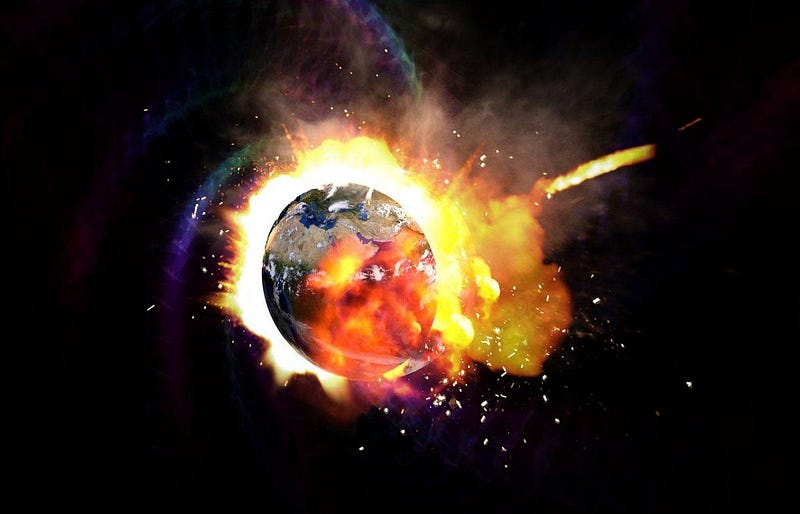
In addition to the enormous amount of total energy needed to blast a planet apart, the timescales are also of great importance. This single blast from the Death Star doesn’t just destroy the planet Alderaan, it destroys it in mere seconds. The idea for how this could occur is set forth in the movie by coining a new word: a superlaser, but that can’t do the job the way that science demands.
The typical way that laser power is increased is by storing a large amount of energy in a series of cells or capacitors, then concentrating all of that energy into a pulse that’s released over extremely short timescales. The techniques that have led to the greatest human achievements on this front were awarded the 2018 Nobel Prize in physics, and have resulted in petawatt (10¹⁵ W) lasers. However, these lasers would have to be quadrillions of times as powerful in order to make the Death Star a physical possibility.

If we consider another possibility, like one inspired by the processes inside our Sun, suddenly the Death Star doesn’t seem so implausible. Deep inside the core of the Sun, a total of 3.8 × 10²⁶ joules of energy are released every second: a number that’s much closer to the power required to destroy an Alderaan-like world. If we could somehow harness the energy equivalent of what the Sun puts out over the course of a week and release it all in one shot, we could gravitationally unbind the atoms and molecules that hold a planet together.
That, too, might be an impractical task, but if we look at how the Sun gets its energy, we can easily find the key to unlocking such a literal doomsday weapon as the Death Star.
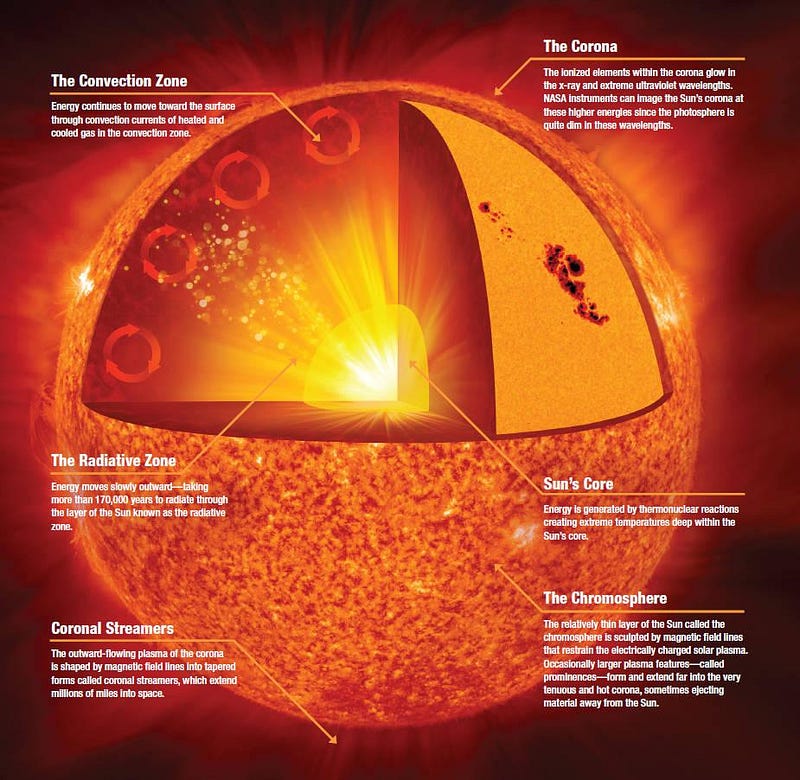
The Sun derives its power through the process of nuclear fusion, transforming light elements into heavier ones and releasing energy in the process. The heavier elements that form are lower in mass than the sum total of the masses of the lighter elements that reacted to produce the heavier ones, and the mass difference then gets converted into energy via Einstein’s E = mc².
By fusing hydrogen into helium, which converts about 0.7% of every hydrogen atom’s mass into pure energy, we can compute that a total of 4.3 million metric tons of matter into energy each second. If you could build up a week’s worth of all the energy released in the Sun via matter-energy conversion and store it, then releasing it all in one burst, you could use that energy to destroy a planet as massive as our own.

However, you don’t want to release the energy on the Death Star itself, which is what you’d have to do if you wanted to create a laser pulse. If you were to do so, the release of energy would cause tremendous heating and expansion from the point-of-origin of the laser pulse, which would destroy the Death Star itself before it destroyed the planet it was targeting. You wouldn’t need a well-piloted X-Wing or Millennium Falcon to destroy the Death Star; simply activating this doomsday device would do the deed.
Instead, you need that energy to be released not only on the planet itself, but in the interior of the planet. If you simply deposited that energy on the planet’s surface, the subsequent explosion would deposit energy outward into space, with only a fraction affecting the planet. The goal is to not only impart this energy to a world like Alderaan, but to impart it in the central core.
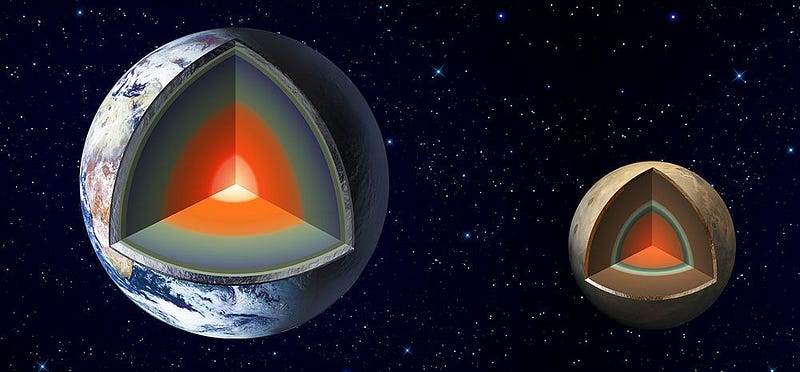
Although it might seem like a laser pulse is the obvious delivery mechanism for such a shot — given that laser light is already a form of pure energy that interacts very efficiently with matter — hitting a planet’s surface with a superlaser would fail to blow it up. If the laser is powerful enough to hit the atoms it encounters and move them out of the way, penetrating the ground beneath it, then it will cut straight through the planet.
Instead of depositing the majority of its energy in the planet’s core, it would cut through the entire world, leading to a laser shot that flies through mostly empty space. The planet’s core, despite begin extremely dense and packed with matter, would simply have its atoms pushed out of the way of the laser’s photons. A laser, on its own, cannot destroy an Earth-like world.
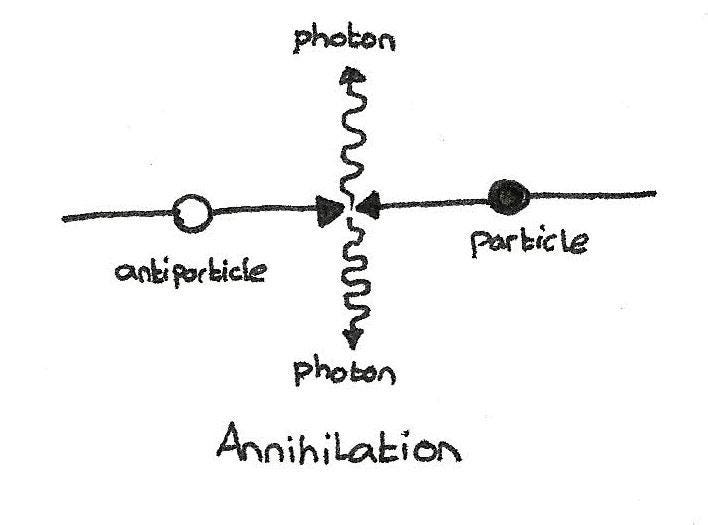
However, there’s another option that a technologically advanced enough species could implement: to turn some of the matter in the planet’s core into pure energy, again leveraging Einstein’s E = mc². If we could transform a total of 2.5 trillion tons of mass into pure energy, that would be sufficient to gravitationally unbind and destroy an entire planet, exactly as Grand Moff Tarkin would have desired.
There’s one perfectly, 100% efficient way to transform matter into energy, and that’s by colliding it with an equal amount of antimatter. Instead of a laser, if you could somehow place 1.25 trillion tons of antimatter into the Earth’s core, it would spontaneously annihilate with 1.25 trillion tons of matter, producing all the energy you need (via E = mc²) in the location that you need it, destroying the world in question after all.

You might worry that this is an extraordinary amount of mass, and indeed it is large when you take terrestrial scales into account. But if you look at the objects in our Solar System, that’s only the size and mass of a modest asteroid, such as 5535 Annefrank, illustrated along with some other well-known asteroids and comets above.
If there were some way to create and contain this amount of antimatter aboard a Death Star-like device, and then deliver this solid chunk of antimatter into the planet’s core, it would be the perfect way to destroy Earth, Alderaan, or whatever planet we chose. When you realize that an actual superlaser could carve a path to the core of a rocky planet where the antimatter object could then be delivered, all of a sudden the idea of a real-life Death Star doesn’t seem so fictionalized.
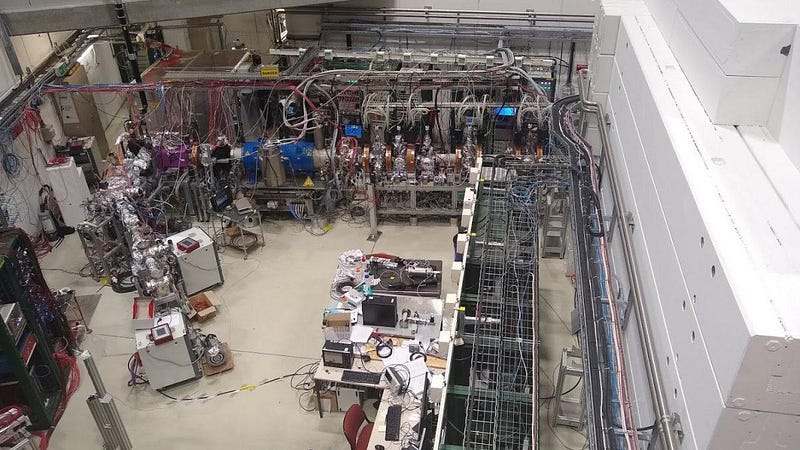
Over the past decade, experiments into antimatter — such as at RHIC, the LHC, or the antimatter factory at CERN — have achieved a number of fascinating milestones. They have:
- created neutral antimatter atoms, in the form of anti-hydrogen,
- confined and controlled these atoms, keeping them stable for nearly an hour at a time,
- found ways to create heavier antimatter nuclei, such as anti-helium,
- and have measured the atomic spectra of antimatter, finding it to be identical (as expected) to normal matter.
Current research includes working on further advances, such as measuring its gravitational properties, creating new types of antimatter ions, and even creating bound states of anti-atoms: the first anti-molecules. Over the coming years and decades, antimatter physics may even lead to antimatter lattices and/or crystals. If you can create and isolate this antimatter under vacuum conditions, you could store and transport it anywhere.

The Death Star may have begun as a purely fictional creation to represent imperialism, military power, and hubris run amok, but the idea of completely destroying a planet with a space-borne superweapon is truly possible given our current understanding of physics. By creating and storing a large enough stockpile of antimatter, using a realistic laser to cut a path to a planet’s core, and then depositing that antimatter in the core, planetary destruction becomes physically inevitable.
A sufficiently resource-rich mad scientist, once we unlock the practical creation and storage potential of neutral, stable antimatter, could turn the Death Star into physical reality. The power of science literally holds the secret to destroying an entire world. By leveraging mass-energy equivalence, matter-antimatter annihilation, and a little bit of near-future technology, an asteroid’s worth of antimatter could deliver you your own galactic empire!
Ethan Siegel is the author of Beyond the Galaxy and Treknology. You can pre-order his third book, currently in development: the Encyclopaedia Cosmologica.

